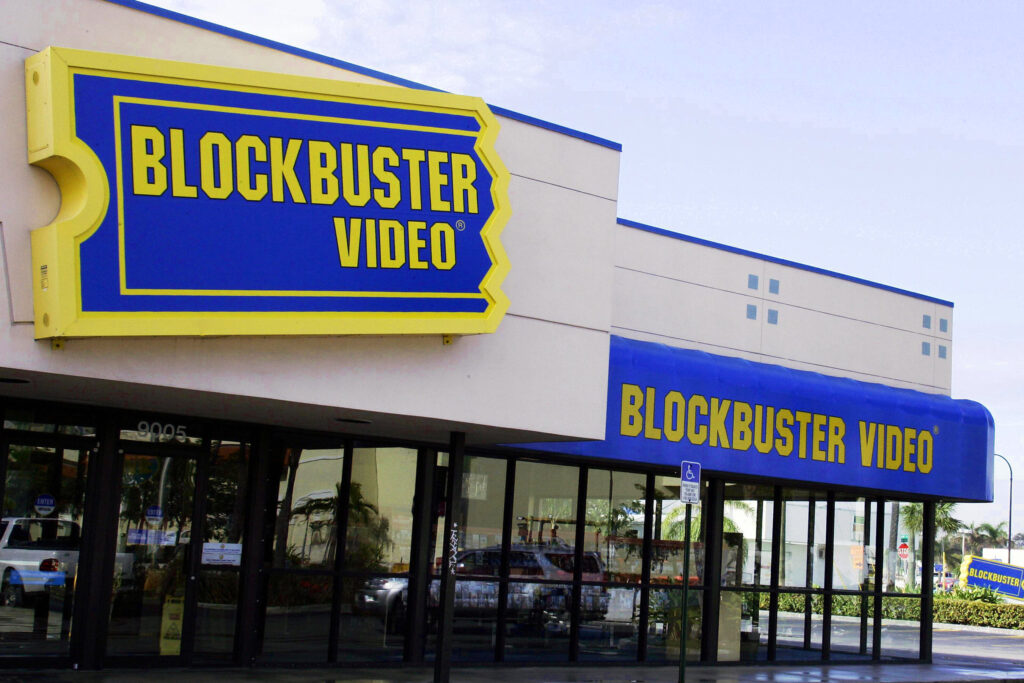99% of the US population uses A cell phone daily**
What are the best ways to potentially “invest” in the 5g revolution that we see currently sweeping the country from a telecommunications perspective? How does this 5G technology differ from the last few upgrades, notable 4G and 3G. Is it that much different or better? We will address all these and many more in today’s video. We will do so by first a little education, followed by what others are thinking and then putting this all together and wrap up with some thoughts of our own and what that might mean to you.
First of all, lets position this in the context of where we are at currently and try to forecast a little about where we might head next. 5G is technically the 5th generation of telecommunication that is just about to roll out in many locations globally. Most cell phone and end users today experience or benefit from the use of 4G for their wireless communication service. This coverage is fairly widespread and completely covers almost all the major metropolitan areas of the USA. There are many parts of the country, however, that still do not have 4G coverage and still other must operate on 3G or even less. This would comprise more of a “rural” customer.
Why is there a big push for 5G coverage and what will it mean to those who will get it?
To put this into perspective we quote a CEO in the industry from Skyworks solutions (Liam Griffin); with the 3G system, it took one day to download a full-length HD movie. This same file on a 4G network could be downloaded in minutes. On a 5G network, it would be a matter of seconds before the same movie was downloaded. (https://www.fool.com/investing/2017/02/21/3-of-the-best-5g-stocks-to-buy-for-the-long-term.aspx)
5G technology is designed to be more efficient than any other wireless network. It will be utilized by us all most likely in one way or another but the focus will really be technologies such as augmented reality (AR), virtual reality (VR), artificial intelligence (AI) and the internet of things. What does this mean in plain English for us all; especially as we as consumers ask or accept more technology into our lives? It is pretty simple, the demand for more data capacity is increasing. This means, cameras galore, self-driving cars, smart homes, farmerless farms, smarts TV’s/appliances etc all require more data and the change should make these easier to use.
The biggest difference from 4G to 5G coverage is the fact that antennas are required to be a lot more in quantity. The concept is basically that we are utilizing a technology that is similar to adding lanes to a highway. The old technology might have been a 4 lane road and the new might be a 100 or 200 lane road (rough guess). This isn’t just because of the increased number of tires but also due to the fact that the waves this new technology uses isn’t the same. This being the case, there are some limitations and risks as well. Technically speaking, we would need many more towers because the signal is actual more prone to being displaced by what you are near or around. The old 4G and before had little problems going through or around walls, humans and many other obstacles. The new 5G will (currently) require more of a direct line of sight per se to work efficiently. That means a few things to us but the more obvious is the fact that we need a lot more antennas or towers to transmit the signals.
Another simple way to think of this is the difference in am and fm bands on your radio. An am band would travel a much shorter distance, but be more clear when you are close to it. Conversely, the fm band can travel further but gives up a little bit when it comes to what it can do from a quality standpoint. Am signals, by nature would be more like the new 5G signal and 4G and before might be more like fm signals. In other words, as you look up into the sky you might not simply see one massively tall tower in the air that you are deriving your cellular signal from but instead you might see that same tower and many smaller antennas mounted to the tops of buildings and many other “tall” objects.
Obviously, as humans we are going to be impacted by this change in technology. We can either choose to plan for that change and embrace it or do what most consumers will do, be thankful and ignore the impacts on us! The changes could be subtle or with a change as substantial as this, it might be worth paying a little bit of attention too.
Do you REMEMBER the “good old days” when we had Blockbuster video? Blockbuster was around from 1997 to 2011.


We think this was a simple matter of convenience and “cost”
Another potentially positive change in the speed or accessibility to data (in extremely high speeds) could have the biggest impact on the current cable companies and their “monopolies”. As you might recall, Netflix had a fairly large impact on many of the movie rental locations across the US (Blockbuster Video) and this could spell the same fate to some cable or data providers long term. Another example of technological change worth noting is the development that digital photos have ushered in for the old companies that had a film focus (such as Kodak). In our society today, data and the telephone (telecommunications) has really already become what we would classify as a commodity. Almost everyone has access to it and we do not feel this will change with 5G. That being said, we don’t think that government created monopolies (such as the cable companies have noted above) are likely a trend that many consumers would enjoy seeing so the above noted risk for some of the regional carriers for cable and data could be a good thing. We see “crony” monopolies as a risk that consumers, in today’s environment, just shouldn’t have to face. Seeing that 5G could potentially open customers up to more options for data, cable, telecommunications etc could certainly be a good thing for the elimination of these type of monopolies. Here is a brief stat on the current set up for data available to consumers (ISP=internet service providers); “a striking 78% of Americans have one ISP (or less) to choose from, while 97% have two or less, once you get into the 25 megabits-per-second range. For perspective, 25 megabits is Netflix’s minimum recommended speed for UHD streaming. As you may or may not know, monopolies create an environment that stifles the free market due to ridiculous fees, limitations on barriers to enter the market for competitors and overall creates a lack of options for the consumers.” (https://www.wealthdaily.com/report/the-downfall-of-cable-and-the-rise-of-5g/2650)
What are the risks?
First is the potential health risk or concern. As we are all just giant electrical “beings” ourselves, it is kind of laughable to think that jamming more waves into the air and environment is going to have zero impact on us all.* It may, and we hope that is, the case, but it seems unlikely. Have you ever wondered why you wear a heavy “jacket” while taking an x-ray? This is why, waves, that we cannot see visually to our naked eyes, can be pretty harmless in moderation but constant exposure might be another story. That being the case, we have some doubts that there would be zero long term health impacts on our society although that is our hope. The last risk of 5G itself is our technology and data will be positioned in the hands of the creators of the antenna providers (assuming they have some control) and the accessibility to that said wave or network. The more we use our network, the more vulnerable (potentially) we all become. Since the use of the internet and our system is already increasing nearly infinitely, it could be “hackable”. Both these risks being the case, we really don’t have a great deal of control over it so not worth spending to much time on these issues.
How can I “capture” this opportunity for an investment?
That is a big reason why we are incorporating this into our education series. Not only will this potentially “benefit” us from a use standpoint (if speed of the network is a priority) but it could also pose as a potentially intriguing investment opportunity for some who have interes
In our opinion, we would suggest that we deal with our recommendations on a personalized basis. We cannot get into specific stock recommendations on a video such as this due to the licenses that we hold but we would encourage our viewers to keep in mind that there are SEVERAL ways to access this opportunity. Here is a short story/explanation that might help start you down the education path towards your goal.
We are going to start by simply going back to our road or highway analogy from a bit earlier. If we were going to take this road that we are building there are many ways that you could invest in that said road and its construction/opportunity. We will use this illustration to explain investing in this segment because we feel the terms might be a little easier to explain in this format. Here are a few ideas:
- Own the construction company that is contracted to build the road. This would give you access to some of the profits made during the buildout period or time frame when the road is constructed but it will not provide you residual income from the road like a toll may.
- Own the companies that build the materials for the road. In our road illustration you would own the concrete or asphalt manufacturers/producers, you might be owning some sign and cone manufacturers also. This would also give you income while the road was built and also give you a small opportunity to enjoy the long-term nature of maintaining and servicing to a small degree. Think of this like owning the hardware that can assist in building the road but not the construction crew itself.
- Own and operate the road and charge consumer or end users to you to use the road over the long term. On this front, you are not always dealing with the end user but you might be selling your services to a middle man who then interacts with the end users. In this scenario you would participate very little in the building of the road but you might own ground that the road sits on and have a long-term lease with the other companies for their use.
These would be very similar to how you can get involved in the telecommunications industry on the 5G side of things. We can be involved in many, all, or only a few aspects of the process and be pretty selective as to what we like or dislike.
We do not see this as a good fit for most casual investors who simply want to react like the stock market does, but for sophisticated investors that might want to “think outside the box” a little when considering how to invest their hard earned capital.
*https://articles.mercola.com/sites/articles/archive/2014/03/01/body-electricity-grounding.aspx and https://draxe.com/electromagnetic-radiation/
**https://9to5mac.com/2018/09/30/pew-data-smartphone-ownership/
The companies presented here are for illustrative purposes only and are not to be viewed as a investment recommendation. There is no assurance that the techniques and strategies discussed are suitable for all investors or will yield positive outcomes. The purchase of certain securities may be required to effect some of the strategies. Investing involves risks including possible loss of principal.

